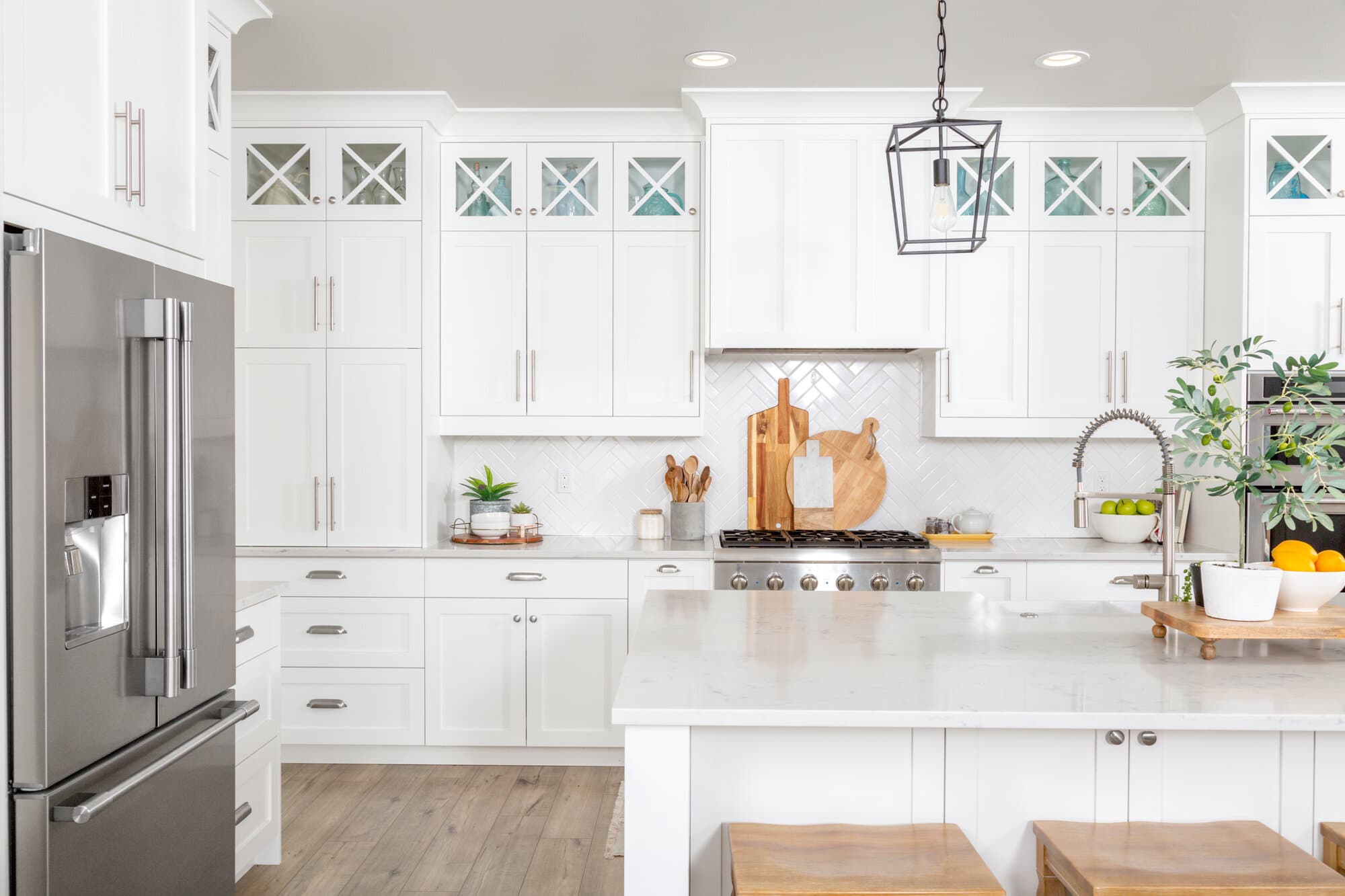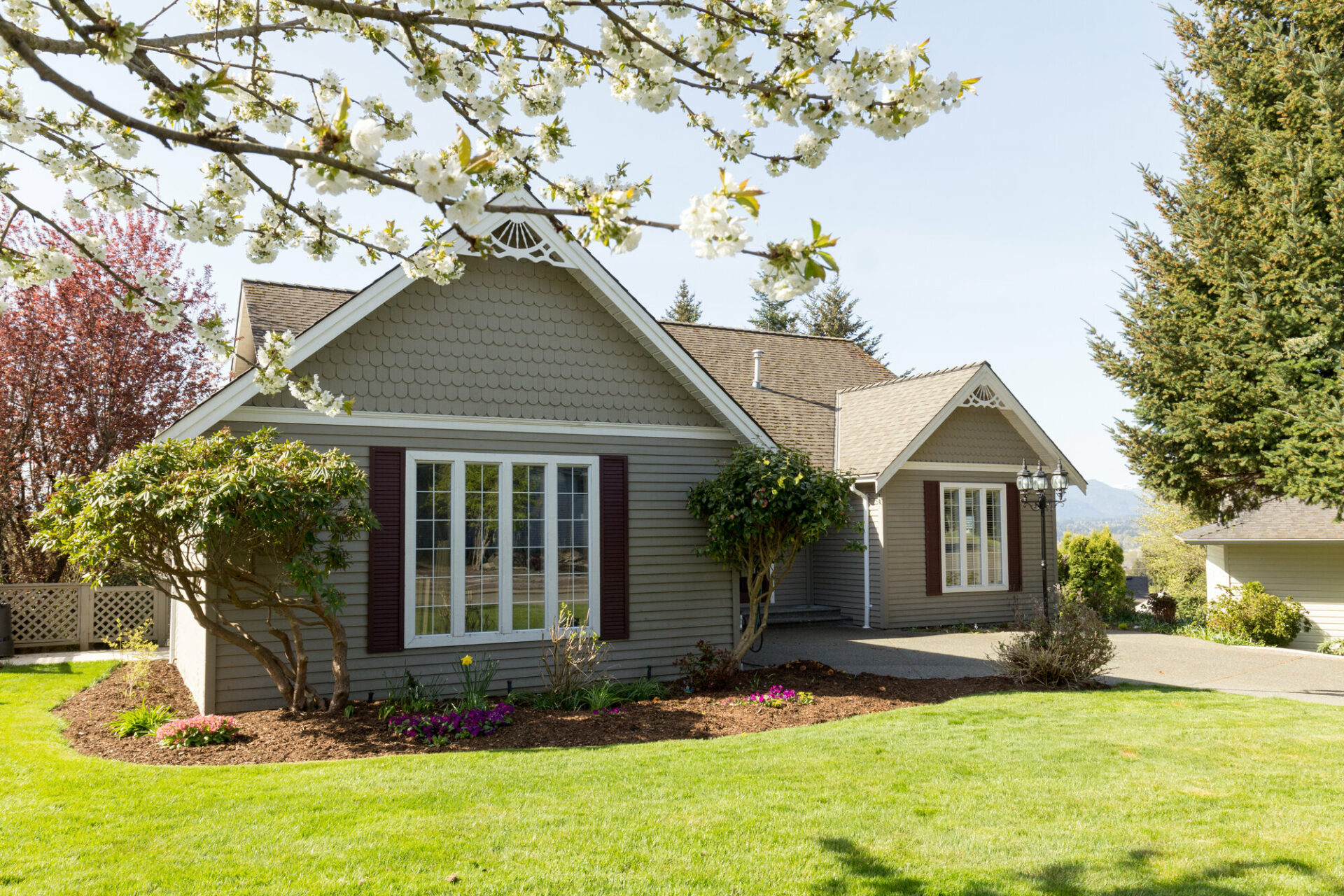Understanding Homeowners Insurance
Home insurance coverage steps in when your home is damaged, when the property in your home is damaged or stolen, or when you’re found liable for an injury that happened in your home.
- Basic insurance typically includes dwelling coverage, which protects the actual structure of your home and pays for repairs and rebuilding.
- Personal property coverage pays for damage to the items inside your home, such as furniture, clothes and appliances.
- Most home insurance companies also offer liability coverage, which protects you from bearing the cost if someone else is hurt on your property.
- If your home becomes inhabitable because of an incident, standard policies often offer coverage for additional living expenses so you can find another place to stay while repairs happen.
Many home insurance companies also offer policy endorsements or add-ons to enhance your coverage, such as extra protection for high-valuable items like jewelry.
Evaluating Your Coverage Needs
Before you start requesting insurance quotes, it’s important to consider how much coverage you need.
Most standard policies put dollar-amount limits on dwelling, personal property, and liability coverage. Adding additional coverage beyond a standard policy can help you avoid hefty out-of-pocket costs if you have to file a claim.
To determine the right level of coverage for you, consider the actual cash value of your home and belongings compared to your policy’s payout limits. Consider more coverage if your home is in a high-risk location that will make it more likely to rely on your insurance — such as an area with high rates of home break ins.
How Much Dwelling Coverage Do I Need?
Dwelling coverage is the foundation of a good homeowners insurance policy and should be robust enough to cover property damage repairs or even rebuild your home. Without enough homeowners insurance, property owners can end up in a financial hole trying to cover damage costs.
As a rule of thumb, you should have enough dwelling coverage to cover a complete rebuild of your home. In other words, your dwelling coverage limit should be approximately the actual cash value of your home.
You may want to involve a contractor to determine an estimate based on the square footage of your house. Use those numbers to determine how high your coverage limits should be to repair or replace your home.
Dwelling coverage typically covers attached structures to a home, so you may need to add an endorsement if you’d like to insure a detached garage or guest house.
How Much Personal Property Coverage Do I Need?
There are two types of personal property coverage: cash value and replacement cost.
Imagine you need to file a claim after a storm damages your refrigerator. Due to years of depreciation, the fridge was only worth $500 before it was damaged, but the actual replacement value of a new refrigerator is closer to $1,000.
With a cash value policy, you will have to cover the difference out-of-pocket. A replacement cost coverage policy will cover the entire amount, up to your policy limit.
To make sure you have enough coverage for personal property, start by taking a home inventory of all your essential and valuable items. Get an estimate of what each item is worth and what it costs for a replacement.
How Much Liability Coverage Do I Need?
A standard homeowners insurance policy with liability coverage will make payouts if someone is hurt on your property or if you cause damage to someone else’s property.
Liability coverage generally pays for medical expenses up to a certain amount. Under a basic policy, liability insurance may include a $100,000 coverage limit. While this amount may seem like a lot, medical expenses can rise quickly.
To decide if you need more protection, consider the potential risks at your home. Items such as pools and trampolines increase the risk of injury. Liability coverage often applies when your covered pet hurts someone.
Key Coverage Considerations
Another important consideration when shopping for homeowners insurance is the types of coverage you need for complete protection. Consider the following:
- Coverage for natural disasters: Standard policies typically include coverage for fire, windstorms, hail, wildfires and lightning. However, coverage for events such as earthquakes, floods or hurricanes may require separate policies or endorsements.
- Coverage for high-value items: Homeowners with valuable jewelry, art, collectibles or expensive electronics that exceed standard policy limits should consider additional personal liability coverage. You can also tack on a separate valuable items endorsement to your home insurance policy.
- Additional structures coverage: Make sure your home insurance policy covers your detached garage, shed and fence. An endorsement might be necessary to cover structures not attached to your home.
- Water damage coverage: Most standard policies cover water damage to some extent, but it’s important to know what type of water damage is excluded. For example, a plan may cover damage from burst pipes but require additional coverage for a sewer or drain backup. You will need flood insurance to cover situations where outside water damages your home.
Other Coverage Recommendations
Home insurance companies offer additional coverage, but at the cost of higher insurance premiums. You can enhance your policy by increasing your policy limits or adding coverage for specific events or items.
For example, you might want to add specific coverage for natural disasters. If your home is located in a place where there are earthquakes, you may want earthquake insurance. Most flooding damage is not covered by homeowners insurance policies, so you would need a separate flood insurance policy.
Understanding Policy Exclusions and Limitations
Whether you’re a first-time homebuyer or on your second or third home, it’s important to know what your policy covers and what it doesn’t.
Here are some common gaps in basic coverage that will require you to get additional insurance endorsements:
- Floods: Standard policies don’t cover damage from water that comes from outside your home.
- Earthquakes: Some companies offer separate policy upgrades to cover earthquake damage.
- Maintenance-related problems: Insurance claims typically will not cover issues from a lack of home maintenance.
- Intentional damage: Policies don’t cover damage intentionally caused by a homeowner.
- Business activities: A standard policy will not cover certain work-related activities performed at home unless you purchase extended coverage.
Though rare, there is always a risk your insurance carrier can cease coverage if you file too many claims or something changes about your community that makes your home too high risk for insurers.
Discounts and Savings Opportunities
If you are looking for affordable home insurance, many providers offer discounts. Here are some of the most commonly offered savings opportunities:
- Security systems: Installing smoke detectors, burglar alarms, fire sprinklers or a monitored security system can make you eligible for lower premiums.
- Bundling policies: Many insurance companies provide discounts if you bundle your homeowners insurance with other policies, such as auto insurance through the same provider.
- Claims-free history: Maintaining a claims-free history demonstrates lower risk and may lead to discounts on your premiums.
- Home renovations: Older homes generally carry higher home insurance costs. Upgrades such as a new roof or electrical system can make your home safer and more resistant to damage, potentially resulting in premium discounts.
- Higher deductibles: Selecting a policy with higher deductibles can result in a lower premium.
- Loyalty discounts: Staying with the same insurance company for an extended period may lead to loyalty discounts.
- Business affiliations: Professional associations and employers sometimes work with home insurance companies to offer policy discounts.
Tips for Buying Home Insurance
Here are a few tips to consider when shopping for insurance for your new home:
- Shop around and compare quotes: Obtain quotes from multiple insurance providers to compare coverage options and premiums.
- Examine policy terms: Read and review a policy’s terms and conditions, including exclusions and limitations, to know what is covered and what is not.
- Assess coverage needs: Determine appropriate coverage limits based on the value of your home, the age of your home, your personal belongings and potential liabilities.
- Ask questions: Seek clarification from the insurance provider or agent on any doubts or uncertainties you have regarding coverage or policy terms.
- Seek professional advice: Consult an independent insurance agent or broker for expert guidance tailored to your specific needs. For example, veterans may need help finding home insurance that covers collectibles and uniforms.
The Bottom Line
Whether it’s an incident of vandalism or a total loss of use of your house due to a fire, home insurance can provide peace of mind that you’re covered financially. There are many considerations to make when shopping for homeowners insurance, including your coverage needs and budget. Take the time to figure out your needs, get quotes from reputable companies and compare coverage options to ensure the best home protection.
Frequently Asked Questions About Buying Homeowners Insurance
HO-3 is the most common type of homeowners insurance, offering standard coverage for property owners living in the insured property. HO-4 policies are also known as renters insurance.
Often, flood damage and earthquake damage are not covered by standard policies. You will need additional endorsements for both situations.
Deductibles are the amounts that policyholders must pay out of pocket before their insurance kicks in. Coinsurance is the percentage of repair costs the homeowner must pay after they reach their deductible.
The first step to buying homeowners insurance is to assess your insurance needs by evaluating the value of your home, its contents and potential liability risks. You can then better determine the amount of coverage you need and compare homeowners insurance costs and policies.
Methodology: Our System for Ranking the Best Home Insurance Companies
If you have feedback or questions about this article, please email the MarketWatch Guides team at editors@marketwatchguides.










